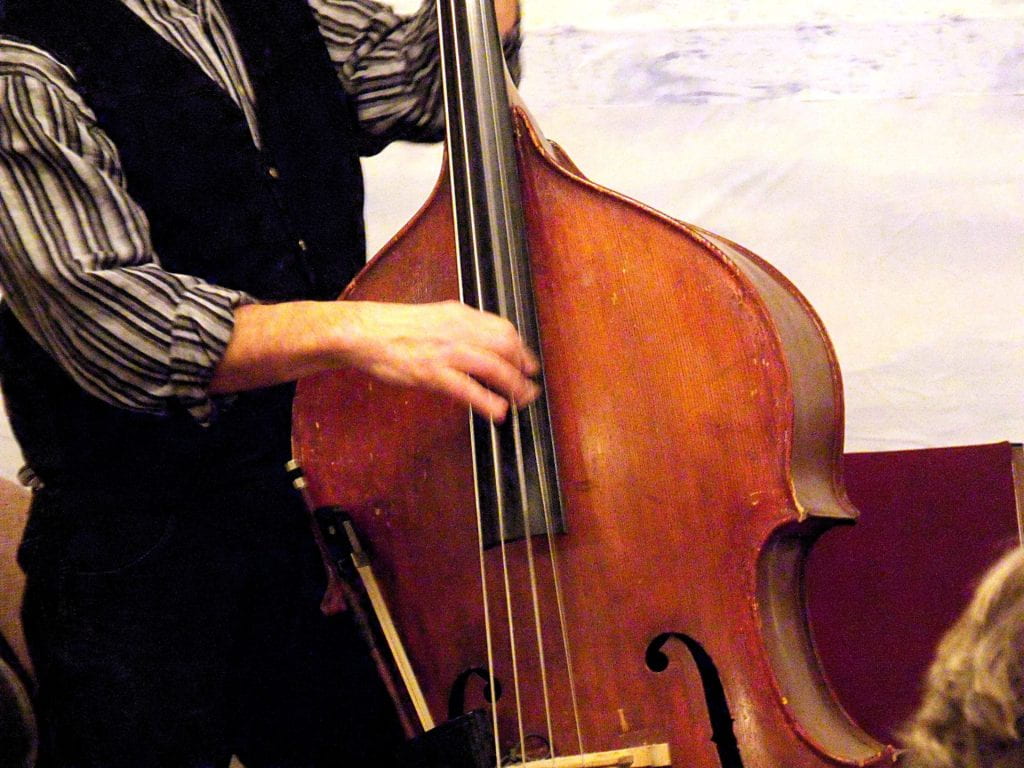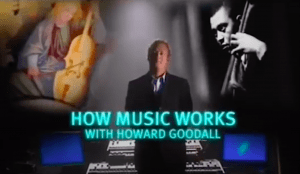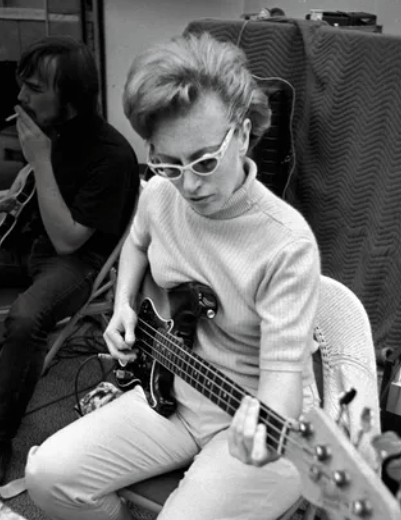
SUMMARY
For the base project, we watched videos about bases and influential base players. We used various resources to create our own baselines and reflected on what we made.
CLASSROOM

Watch How Bass Works (47 minutes)
Notes:
- when the baseline was first used the organ was the main base instrument
- The double-base string instrument was created in about 1800
- contrary motion baselines are when the melody and baseline move in opposite directions
- walking baselines are based on scales and are used commonly in jazz and they move the song forward
- in the early stages of the baseline, the tonic note was repeated
- the chords in the baseline were inverted to add more variety and make the baseline more exciting
- synthesizers can be used for the baseline
- the baseline in a song can be made fully digital with the synth
LAB: Experminet with baselines in HookTheory
Step 1: Watch How to write Chromatic Notes in Hookpad (some bass lines are based on chromatic scale)
Step 2: Watch 3 ways to use Hookpad’s MIDI drag-drop feature (you can create basslines and more and export to Soundtrap and other DAW – digital audio workstations)
I enjoyed making a baseline in hook theory. I experimented with making a walking baseline which was relatively easy because I could use all quarter notes and move them down a few octaves. The videos were helpful, especially the one about accidentals.
PRACTICE ROOM
How To Add Bass Notes Guitar Strumming Lessons by Tomas Michaud
guitar TABS for his exercise (PDF) Thomas Michaud
Reflection: I don’t know how to play the guitar or any string instrument. I didn’t know where to start with a guitar tab so I adapted it to the piano. I played the half notes with my left hand and the chords with my right hand.
Profile in Excellence


Reflection: I had no idea that These people played so many good well known songs. I have probably heard some of these songs hundreds of times and this is the first time I have ever heard the names, Carol Kaye and James Jamerson. I understand that at the time if their names were on the record then people wouldn’t have bought it but I think they should have more recognition now because people already like the songs and should get credit for their work.
STUDIO
I used an E in one of the lower octaves on the piano and experimented with making a baseline using only one note. I used different rhythms to make it interesting while staying on the same note. For dynamics, I followed the line.
CONTROL ROOM
For the recording, I played this on a keyboard but plugged it into Garage Band to change the instrument o base so it doesn’t sound completely natural but other than that I think this went well.
WHAT I LEARNED and PROBLEMS I SOLVED
I learned different ways to write baselines and where different types of baselines originated from. I had to adapt some things from guitar or base to keys so that the exercise was applicable to me.
RESOURCES
- Check out these videos about the best bass player, ever, James Jamerson
- What really made James Jamerson so great?
- Visual of James Jamerson’s bass line for the Stevie Wonder song –For Once In My Life